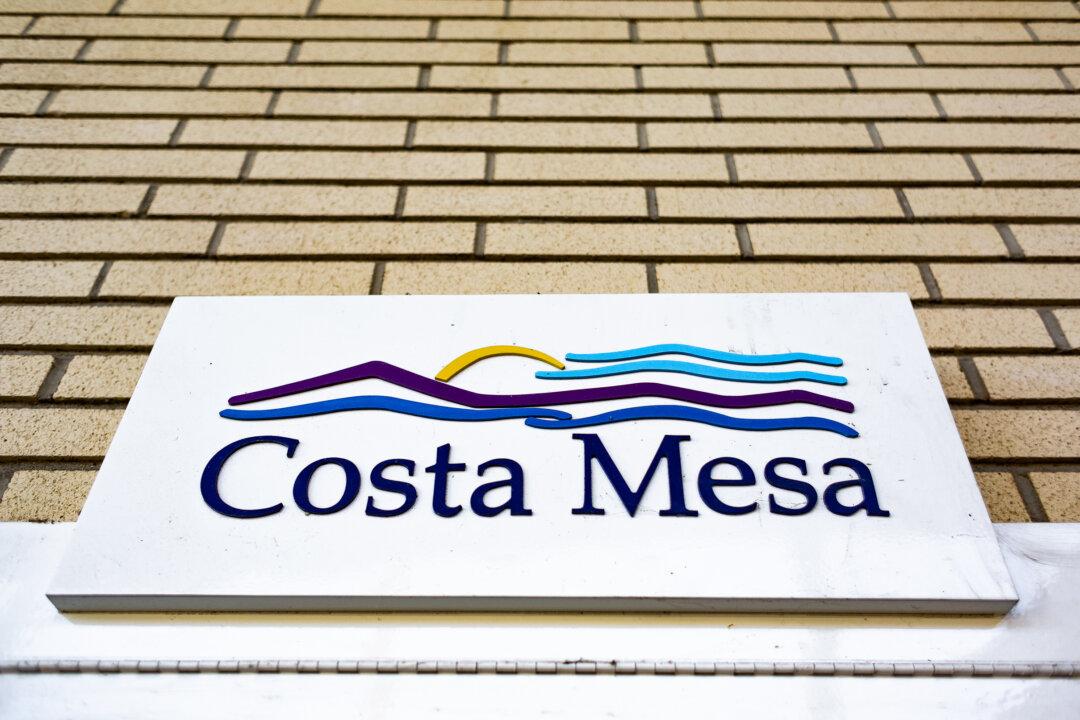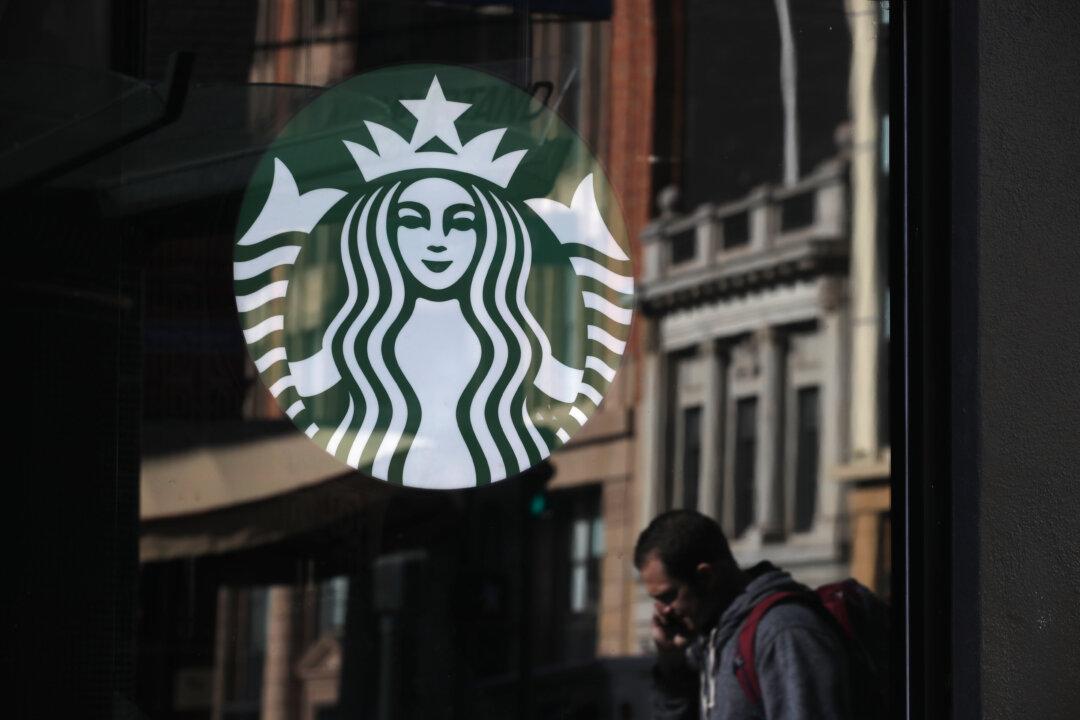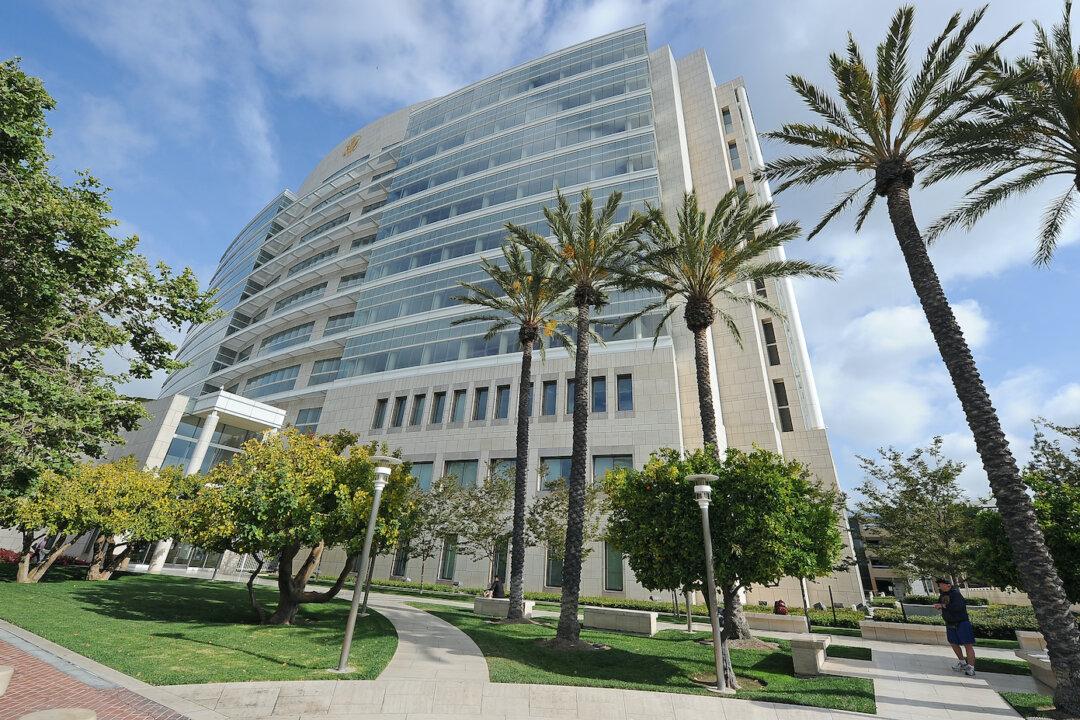Costa Mesa, California, is a flourishing city of the arts that grew from humble beginnings into a world-renowned center for performance arts displays.
The land now known as Costa Mesa was originally part of Mission San Juan Capistrano, founded in 1776. The fertile grasslands in the area made it valuable grazing land for cattle.




